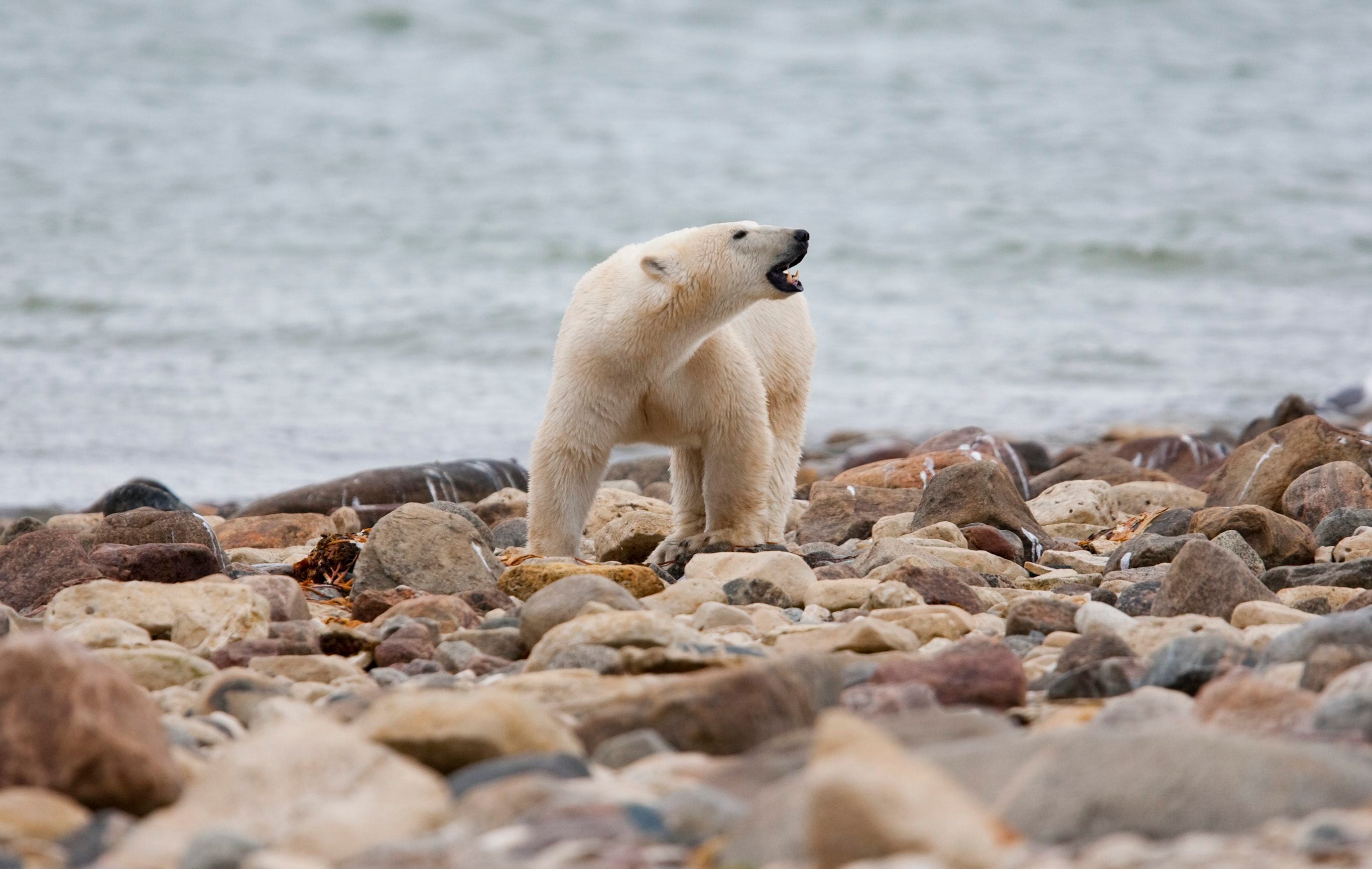Canadian polar bears near 'bear capital' dying at fast rate
Polar bears in Canada’s Western Hudson Bay — on the southern edge of the Arctic — are continuing to die in high numbers, a new government survey of the land carnivore has found

Polar bears in Canada's Western Hudson Bay — on the southern edge of the Arctic — are continuing to die in high numbers, a new government survey of the land carnivore has found. Females and bear cubs are having an especially hard time.
Researchers surveyed Western Hudson Bay — home to Churchill, the town called the ‘Polar Bear Capital of the World,' — by air in 2021 and estimated there were 618 bears, compared to the 842 in 2016, when the population was last surveyed.
“The actual decline is a lot larger than I would have expected,” said Andrew Derocher, a biology professor at the University of Alberta who has studied Hudson Bay polar bears for nearly four decades. Derocher was not involved in the study.
Since the 1980s, the number of bears in the region has fallen by nearly 50%, the authors found. The ice essential to their survival is disappearing.
Polar bears rely on arctic sea ice — frozen ocean water — that shrinks in the summer with warmer temperatures and forms again in the long winter. They use it to hunt, perching near holes in the thick ice to spot seals, their favorite food, coming up for air. But as the Arctic has warmed twice as fast as the rest of the world because of climate change, sea ice is cracking earlier in the year and taking longer to freeze in the fall.
That has left polar bears — all 19 populations that live across the Arctic — with less ice on which to live, hunt and reproduce.
Polar bears are not only critical predators in the Arctic. For years, before climate change began affecting people around the globe, they were also the best-known face of climate change.
Researchers said the concentration of deaths in young bears and females in Western Hudson Bay is alarming. Young bears need energy to grow and cannot survive long periods without enough food and female bears struggle because they expend so much energy nursing and rearing offspring.
The result confirms what scientists predicted might happen to the species as their habitat is further destroyed, the study said.
“It certainly raises issues about the ongoing viability,” Derocher said. “That is the reproductive engine of the population.”
___
Associated Press climate and environmental coverage receives support from several private foundations. See more about AP’s climate initiative here. The AP is solely responsible for all content.
Subscribe to Independent Premium to bookmark this article
Want to bookmark your favourite articles and stories to read or reference later? Start your Independent Premium subscription today.
